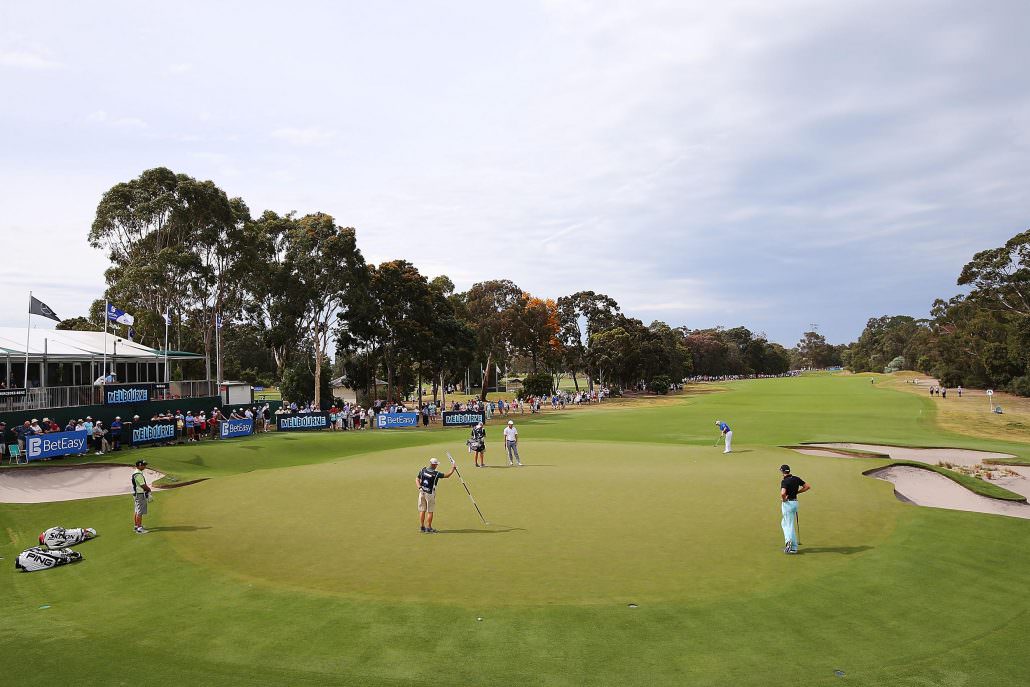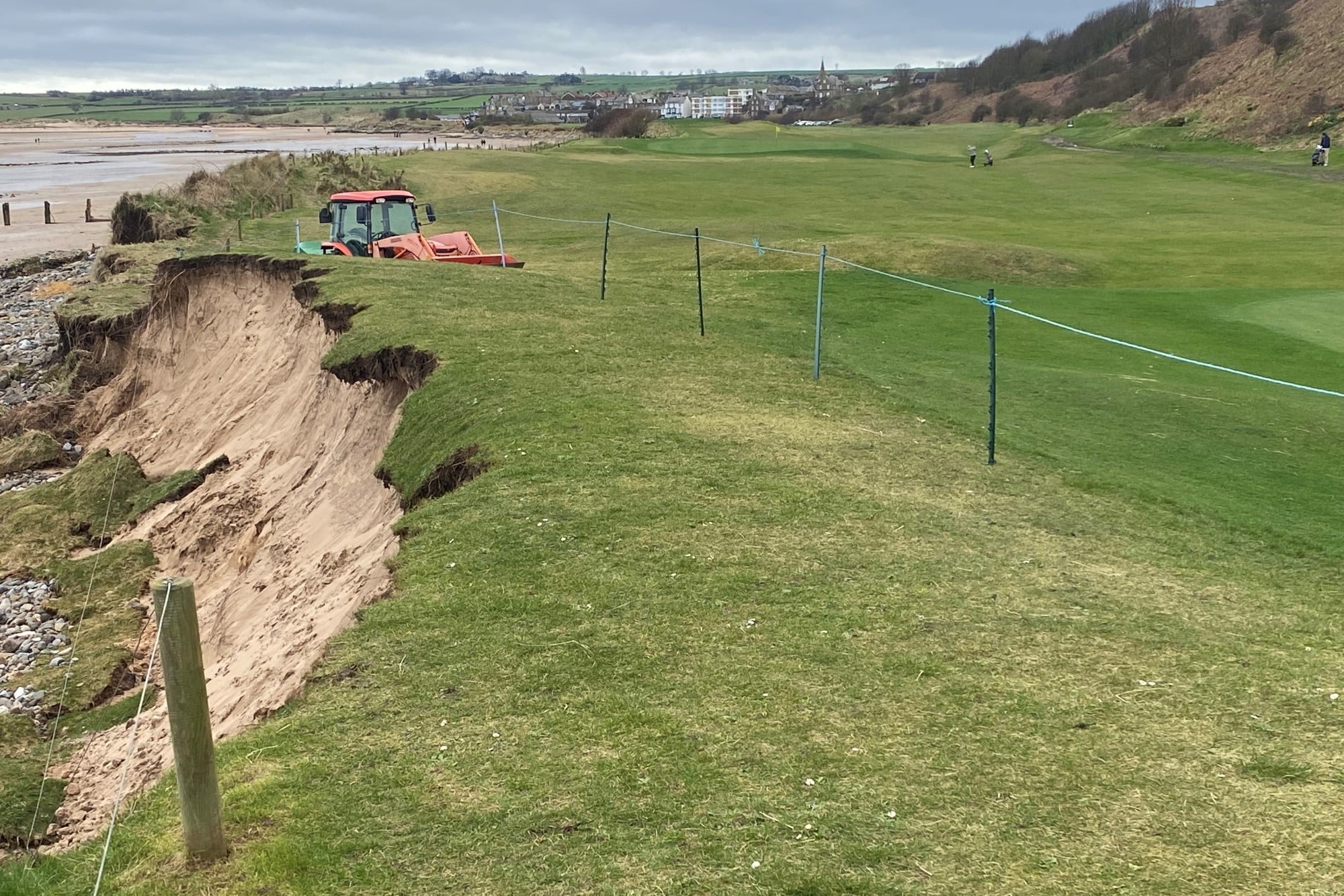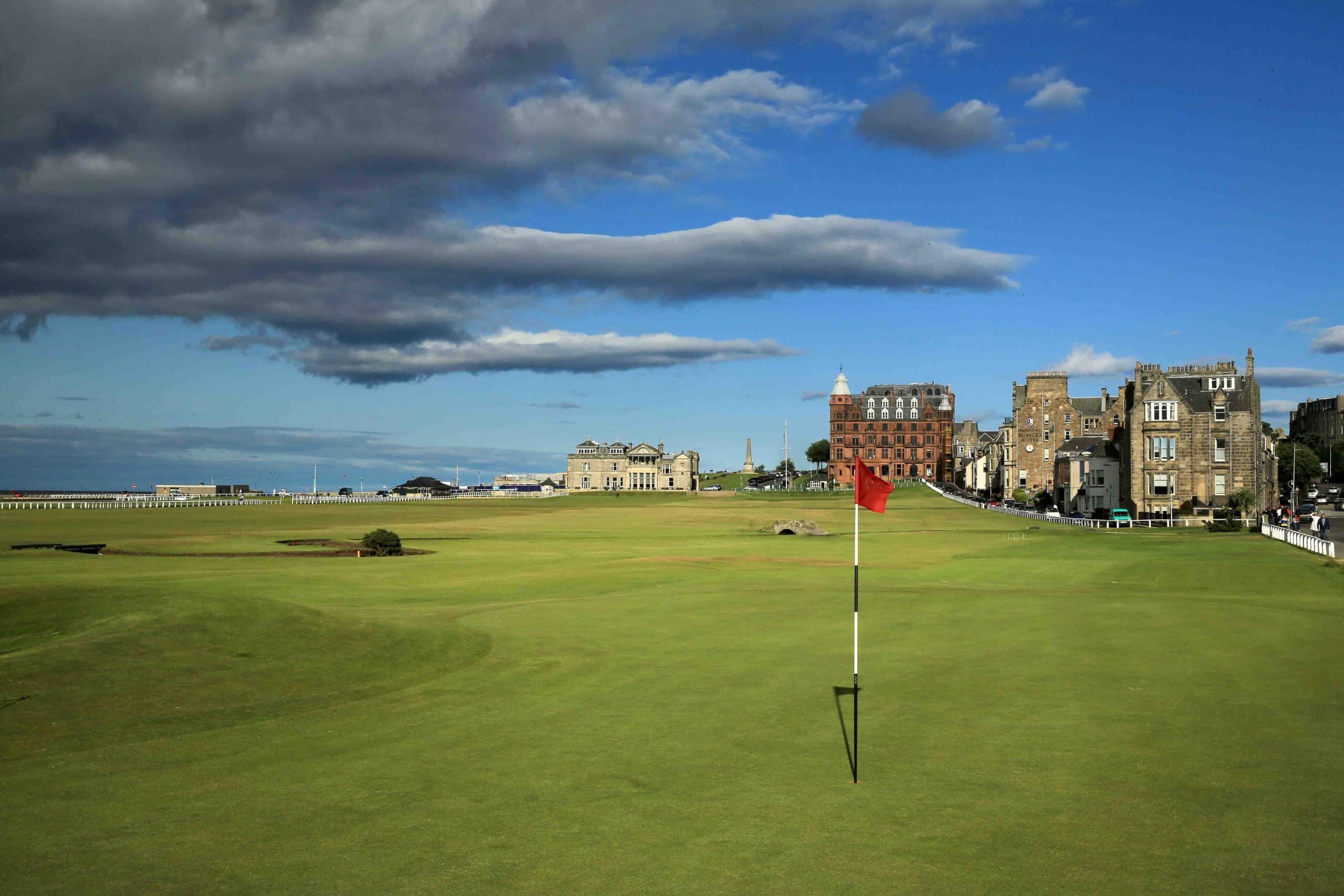
Mike Clayton on architecture: ‘The views soon fade if the golf isn’t stimulating’
Listening to Mike Clayton on architecture is a rare treat. The Australian tour pro turned course designer is the most thoughtful of commentators and here he discusses a range of topics, from looking back at his first forays into the world of design to his views on some of GB&I’s classic courses.
What are your first memories of the game?
It was just before I started playing and my father took me to Metropolitan to watch the 1968 Australian PGA. “We’ll watch Peter Thomson, he’s the best player here.” I didn’t know what I was watching but his red Aston Martin in the car park sure impressed me.
Tell me about your early days playing…
I started caddying at Eastern when I was 12 and the assistant pro at the club – who was barely 16 – was a tremendous help. His father was the greenkeeper and he caught me sneaking onto the course just after I’d started playing. He could have given me a right bollocking but instead he said, “Just stay out of the road of the members and you’ll be fine.” That’s how you ‘grow the game’. One way anyway.
Was there a course in the early days that left an impression on you?
I went to Royal Melbourne to watch the 1972 World Cup and realised on some level this was a great course. I played it in 1974 and have been in awe ever since.
Why did you want to be an architect?
I fell into architecture. I was writing golf for The Sunday Age (Thomson had written for The Age for many years) and a couple of the best superintendents liked what I was saying about courses and suggested in 1995 we start a business together. I was still playing in Europe but lost my card (fortuitously in a way) at the end of 1996 and headed home to work.
What was your entry to the industry?
Our first job was at Victoria, just across the street from Royal Melbourne. There was an amazing 1930s black and white aerial of the course and at our first meeting with the committee I suggested it’d be a good idea to put it back the way it had been in the years after MacKenzie left Melbourne in 1926.
No-one complains when committees are filling in bunkers and planting trees and our job was to go back the other way. We soon found out many complained when we started putting bunkers back and cutting down trees, but 25 years on it’s been judged by most to be a success.
Has there been one lucky break that boosted your career in the early days?
Getting the job at Victoria was a lucky break. The committee there (the captain was Ian Meckiff of cricket fame) took a chance on a completely unproved company and we could have been the most useless conmen ever. Fortunately my partners John Sloan and Bruce Grant were unusually talented at what they did.
Do you look back in horror at some fledging work you did, or actually are you quite satisfied with the early days?
I think we did pretty good work straight off. Bruce had a lot of construction experience, he was probably the best superintendent in the country, and he knew how to grow grass and to build stuff greens staff could look after.
What is the one piece of design work you’d still like to do?
Never tempt fate is a great rule of golf – whether you be a player a caddy or a designer and I’ve been all three.
Is there a project you were close to getting but didn’t, and still lament?
Tom Doak, Ian Baker-Finch and I pitched together for the job at The National (90 minutes out of Melbourne on the Mornington Peninsula) to build one of the two proposed courses. We didn’t get either but ironically Tom came back and rebuilt one of them it reopens in early November.
Is imitation the sincerest form of flattery and do you ever spot little things you’ve done elsewhere?
There isn’t anything that’s new in golf design so most of what we are all doing in imitating the principles of St Andrews, Royal Melbourne and a few of the other of the game’s great courses.
How do you deal with criticism?
If it’s coming from someone you respect and knows what he or she is talking about you pay attention. Otherwise you pay none to either. As Tom Simpson said, ‘“the carping critic is usually a very ignorant man”.

Do you still love golf and play?
I still love to play with friends on good courses and at Metropolitan (above).
Did you have a key design philosophy in your early years as an architect?
I was really influenced early on by George Thomas’s quote about strategy being the soul of the game. On the best sand-belt courses there was always a part of the fairway where the approach shot was easier and there was almost always a hazard protecting it.
Is there a philosophy or style you have developed over time?
MacKenzie knew how to make courses where bogey players could quite easily shoot 90 but scratch players had to really play to break 70. He understood it because he understood The Old Course and he translated the principle onto Royal Melbourne, Augusta, Crystal Downs, Cypress Point. It’s a good philosophy to follow and it shouldn’t allow for long grass bordering narrow fairways and ultra-fast greens.
What have you learned about architecture in the last three years?
Some don’t like me speaking my mind, but I’ve learned it’s best not to be silenced. Golf has enough press agents.
What are the big crimes in design?
Using golf to sell houses by developers who don’t care about golf and once the houses are sold the golf has to fend for itself. Many times unsuccessfully.
What is the most interesting trend in architecture today?
The most interesting trend is 25 years old now and began with Sand Hills in Nebraska. It relates to the last question and developers who have built golf for the right reasons have done well and built some brilliant courses, mostly in far off places where great land is cheap.
In Australia Barnbougle and Cape Wickham have been the best examples. Try telling Richard Sattler (the Barnbougle owner) you can’t make money from golf. Or Mike Keiser.
Which architect do you most admire?
Bill Coore and Ben Crenshaw – they are the best and they’ve done it by being content to build relatively few courses on great land for sympathetic owners.
Are par 3, 4 or 5 the best to design?
Great sub-150 yard par 3s are always fun and it’s a challenge making a first-class 230 yarder. They are less popular but there is absolutely a place for them. And “half par” holes, short 4s and 5s on the border of par. The Berkshire’s Red is full of holes on the border of par.
What are your favourite GB&I courses?
It’s too easy to pick the obvious ones including Sunningdale, County Down and the Old Course – but I’ve really enjoyed playing at Woking and Royal Worlington & Newmarket.
In their own way they show off great design and getting that much great golf on a small site at RW was genius.
The great Irish Opens we played at Portmarnock in the early 1980s always made it a standout tournament course on the European Tour.
- See the list: The best golf courses in GB&I
- See the list: The best golf courses in England
- See the list: The best golf courses in Scotland
- See the list: The best golf courses in Ireland
- See the list: The best golf courses in Wales
- See the list: The best golf courses in Continental Europe
Chris Bertram
Chris Bertram is a specialist in all things golf courses.
He was born and brought up in Dumfriesshire and has been a sports journalist since 1996, initially as a junior writer with National Club Golfer magazine.
Chris then spent four years writing about football and rugby union for the Press Association but returned to be Editor and then Publisher of NCG.
He has been freelance since 2010 and spends the majority of his time playing golf and writing about the world’s finest golf courses.










